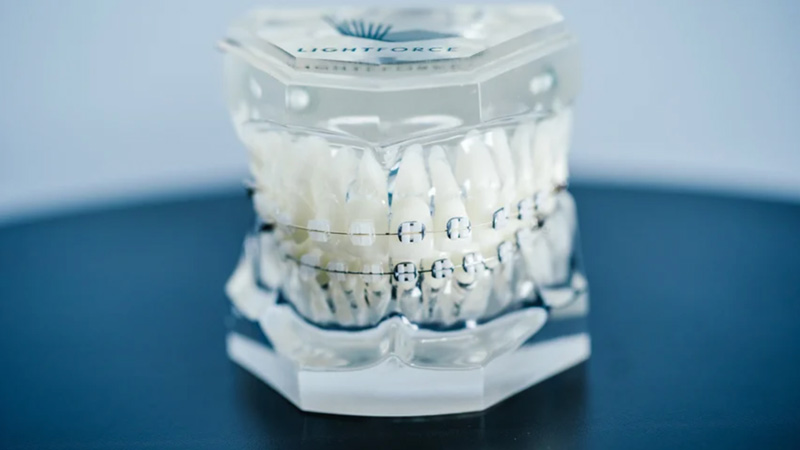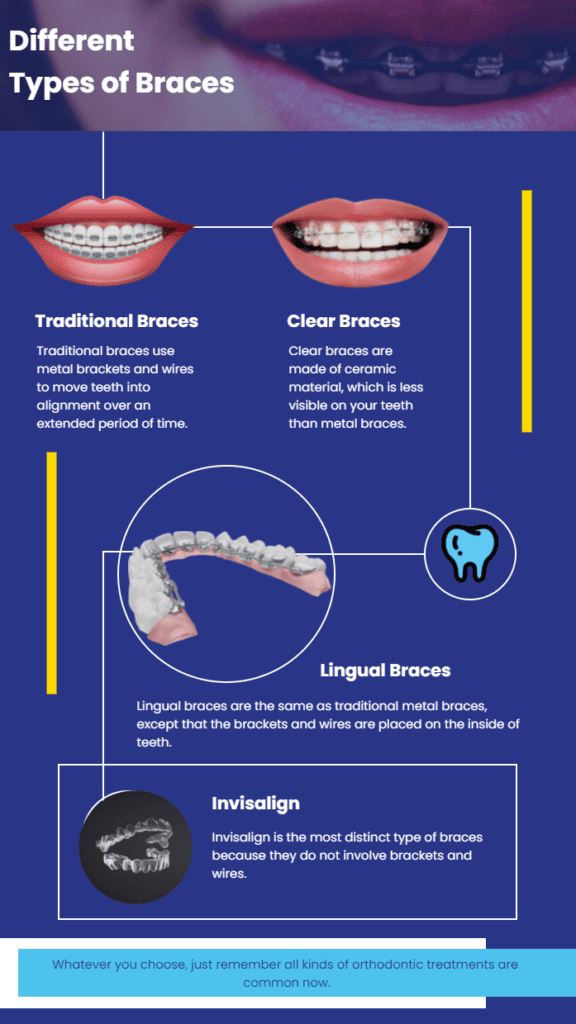Comprehensive Overview to Orthodontics Procedures for Correcting Oral Misalignments
Comprehending the intricacies of each procedure, including their systems, advantages, and possible drawbacks, is vital in making informed decisions regarding one's orthodontic therapy. As we navigate through the detailed overview to orthodontic treatments for correcting dental imbalances, the detailed information of each method will certainly unfold, losing light on the course toward a practical and unified oral placement.
Orthodontic Procedures Review

Along with clear aligners and standard dental braces, orthodontists may additionally recommend various other treatments like headgear, palatal expanders, or retainers to resolve certain alignment issues (invisalign). These treatments are customized to each individual's unique requirements and might involve a combination of treatments to achieve the preferred outcomes. Normal adjustments and tracking are crucial parts of orthodontic treatment to make certain progress is on track and to make any type of essential modifications along the road. By going through orthodontic treatments, people can not only achieve a straighter smile however likewise enhance their total dental wellness and function.
Standard Braces: Exactly How They Work
When considering orthodontic therapies for dental imbalances, traditional dental braces stand apart as a reliable technique for dealing with teeth positioning. Typical braces include brackets, cables, and bands that collaborate to use continuous pressure on the teeth, progressively moving them right into the wanted positioning. The braces are affixed to the teeth making use of a special adhesive, and the cables are threaded via the brackets. By changing the stress of the cords, orthodontists can manage the direction and force put on each tooth, leading them into appropriate placement over time.
One trick facet of just how traditional braces work is the process of bone remodeling. As pressure is put on the teeth through the braces, the bone surrounding the teeth is reshaped to support the new tooth positions. This remodeling is vital for the long-lasting stability of the fixed alignment. People will certainly require routine modifications at the orthodontist's office to guarantee the braces continue to use the proper stress for efficient teeth movement.
Unnoticeable Aligners: Disadvantages and pros
These clear, tailor-made trays are virtually undetectable when put on, making them an appealing choice for people seeking a much more cosmetically pleasing orthodontic therapy. Clients can eliminate the aligners prior to consuming or brushing their teeth, decreasing the threat of food obtaining stuck in the appliance and simplifying the cleansing procedure.

Surgical Orthodontic Options
Surgical treatments in orthodontics existing feasible options for dealing with complex dental misalignments that might not be successfully resolved through traditional orthodontic therapies. While invisible aligners and conventional braces can fix numerous orthodontic problems, specific situations call for medical treatment to accomplish ideal results. Surgical orthodontic options are usually suggested for serious malocclusions, considerable jaw inconsistencies, and cases where the underlying bone structure requires alteration to attain correct placement.
One typical surgical orthodontic procedure is orthognathic surgical procedure, which entails rearranging the jaws to fix practical issues such as trouble eating or speaking. This surgical treatment is typically carried out in collaboration with an orthodontist that assists align the teeth prior to and after the procedure. Surgical orthodontics may also entail procedures to reveal affected teeth, remove excess periodontal tissue, or reshape the jawbone to produce a much more unified facial profile.
Prior to considering surgical orthodontic choices, people go through a thorough assessment to establish the necessity and possible benefits of such interventions. cumming orthodontics. While surgery might seem complicated, it can significantly improve both the feature and visual appeals of the smile in instances where conventional orthodontic therapies fail
Retainers and Post-Treatment Treatment

Failure to conform with post-treatment care directions how to choose a dentist can result in regression, where the teeth progressively relocate back towards their original settings. Regular retainer wear, excellent oral hygiene, and routine oral check-ups are essential for maintaining the outcomes achieved with orthodontic surgery and making certain the long-lasting stability of the dealt with oral placement.
Conclusion
In final thought, orthodontic treatments provide different choices for fixing oral misalignments. Surgical orthodontic choices are readily available for more serious imbalances. Generally, orthodontic procedures can successfully boost dental wellness and aesthetic appearance.
As we navigate via the thorough guide to orthodontic procedures for dealing with dental imbalances, the complex information of each approach will certainly unfold, losing light on the path toward a useful and harmonious dental alignment. - cumming braces
One of the most common orthodontic treatments is the usage of braces, which are composed of metal brackets and cables that apply mild stress to gradually move teeth into the wanted position.When thinking about orthodontic treatments for oral misalignments, traditional dental braces stand out as a time-tested method for fixing teeth placing. Additionally, undetectable aligners might not be appropriate for complicated orthodontic problems that call for even more considerable teeth activity, as they are usually recommended for light to moderate instances. Retainers are tailor-made orthodontic gadgets developed to hold teeth in their corrected positions after the conclusion of orthodontic therapy.
Comments on “What Establishes Cumming Braces and Aligners Aside From Various Other Orthodontic Treatments”